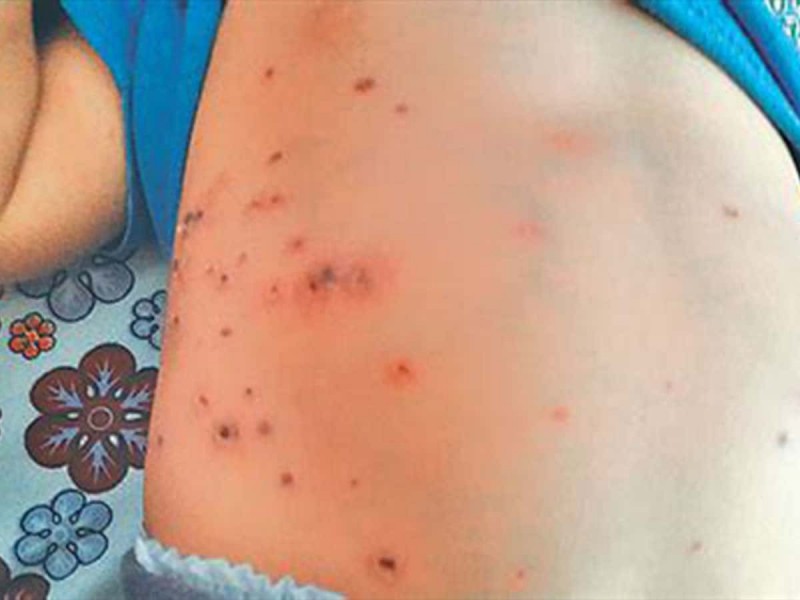
Scrub typhus, a lesser-known but potentially deadly disease, has been quietly affecting people in various parts of the world. This comprehensive guide will shed light on what scrub typhus is, its symptoms, causes, diagnosis, treatment, and prevention. Join us on this journey to uncover the mysteries of this underestimated health concern.
Scrub typhus, also known as bush typhus, is an infectious disease caused by the bacterium Orientia tsutsugamushi. It's primarily transmitted to humans through the bite of infected chiggers, which are tiny mites found in rural and forested areas. This disease is more common in the Asia-Pacific region, but cases have been reported in other parts of the world as well.
Scrub typhus is caused by the obligate intracellular bacterium Orientia tsutsugamushi. This bacterium is part of the Rickettsia family and is responsible for the characteristic symptoms of the disease.
The primary mode of transmission is through the bite of infected chiggers, which are the larval stage of trombiculid mites. When these mites feed on small mammals like rodents, they become carriers of the bacteria. Humans can get infected when they inadvertently come into contact with infected chiggers during outdoor activities.
After exposure to the bacteria, the incubation period typically ranges from 6 to 20 days before symptoms start to manifest.
Diagnosing scrub typhus can be challenging due to its similarity to other febrile illnesses. Clinical suspicion, coupled with laboratory tests, is crucial for accurate diagnosis.
Laboratory tests, such as serological tests and PCR (polymerase chain reaction), can confirm the presence of the bacterium in blood samples.
The good news is that scrub typhus is treatable with antibiotics like doxycycline or azithromycin. Early diagnosis and prompt treatment are essential to prevent complications.
Scrub typhus may not be in the spotlight like some other infectious diseases, but it remains a significant health concern, especially in certain regions. Understanding its causes, symptoms, diagnosis, treatment, and prevention measures is crucial in combating this silent threat. Remember, staying informed and taking preventive measures can go a long way in protecting yourself and your community from scrub typhus.
More than half the people do not have the right health insurance coverage
DIY Face Mask To Combat Dry Skin
How to Protect Your Ears and Prevent Headphone-Related Hearing Loss